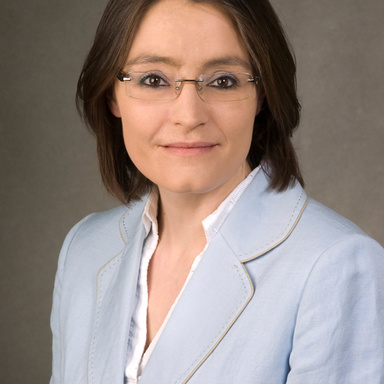A recent report from the federal government shows births in the United States declining for a fourth consecutive year, but a University of Iowa economist thinks it will accelerate again once the economy improves.

“We’ve seen that during extended economic weakness, fertility goes down and demand for contraception goes up,” said Alice Schoonbroodt, assistant professor of economics in the Tippie College of Business who studies how the economy impacts fertility. “When times are uncertain—you’re not sure about that raise or that promotion or if you’ll have a job at all—you’re going to think twice about having a child, and people are.”
In a preliminary report on Wednesday, the U.S. Centers for Disease Control said births declined by 1 percent in 2011, the fourth straight year of declines due to the 2008 financial collapse and recession. She says this follows historical episodes, as it’s typical for birth rates to decline during periods of uncertainty. Look at a graph of historic birth rates in the United States and drops are noticeable during the Civil War and again during the extended economic slowdown following the Panic of 1893. Births declined precipitously during the Great Depression before ramping up into the post-war Baby Boom, and slowed again during the 1970s period of economic malaise and stagflation.
“The bigger the crisis, the bigger the uncertainty, the bigger the number of families who are on the edge,” she says.
Even during the most recent recession in 2008-09, she says birth rates dropped more in those states where the economy performed poorly than in states where the economy was stronger.
Although the recession technically ended in 2009, Schoonbroodt said the economy has grown so slowly since that people still feel uncertain about their economic conditions, especially younger people who are having difficulties finding good jobs. This was reflected in the CDC numbers that show the birth rate for women in their 20s was at the lowest mark since 1940, when the federal government started keeping those records.
Schoonbroodt says the nature of the current economic slowdown is a big reason for the decline among births for young women because the financial collapse and recession devastated the housing sector and mortgage markets particularly hard. That’s made it difficult for young people to buy homes, and since many people want to own a house before having children, the difficulty in buying a house has caused them to delay starting families.
Also a factor is that a family’s housing expense goes up by about $3,000 a year per child, she says, which causes families with children to delay having more.
The report also found that births held steady for women in their 30s, which Schoonbroodt says is not surprising because women in that age group typically already own a home, and are more financially stable.
Schoonbroodt stresses that these numbers are the result only of a relatively low percentage of women in childbearing age deciding to delay or not have children.
“If someone really wants a child, they’re going to have a child regardless of the economic uncertainty,” she says. “They might make up for it by saving money in other places, maybe by buying less cute baby clothes that don’t cost as much, but they’re going to have children.”
Schoonbroodt expects the birth rate to start increasing again once the economy improves, because it’s likely those women who are not having children are simply delaying motherhood until their future is less uncertain.
“Fertility will bump back up when the recovery starts and people will start having children again,” she said. Whether that means another baby boom in the 2020s and another round of elementary school construction remains to be seen.